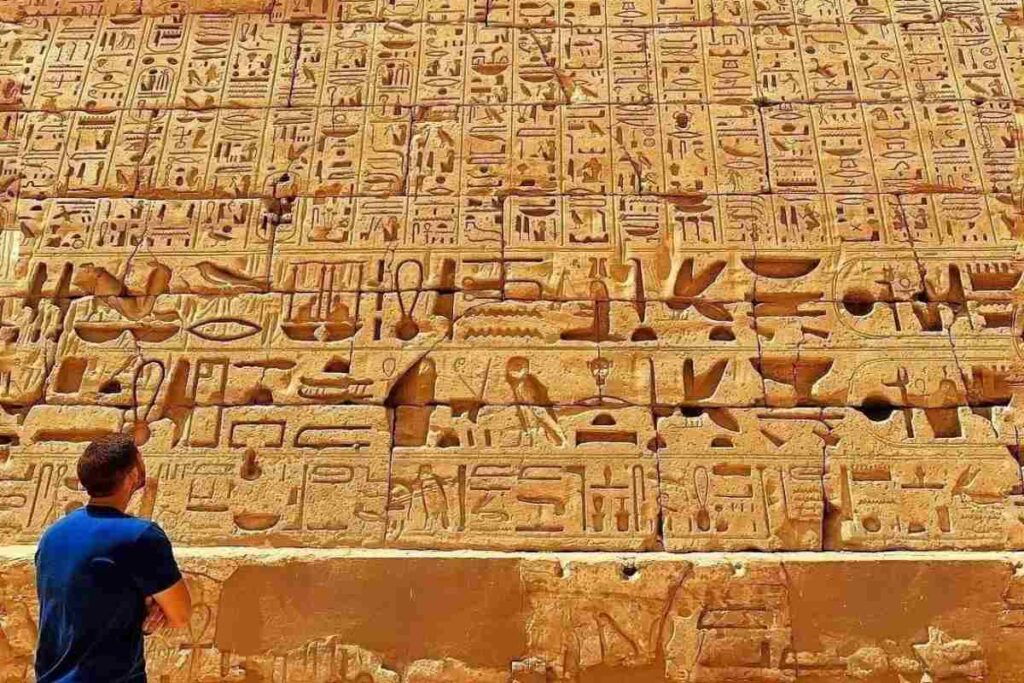The ability to communicate in writing is one of the greatest privileges humanity has ever enjoyed. For many years, the survival of the human race largely depended on our ability to document brilliant thoughts. We have explained complex ideas through writing and passed on crucial knowledge from generation to generation.
To develop some of your best pieces of clothing, your fashion designer needs to explain their ideas and visions to the production team. This is hardly possible without some documentation. Without the skill of writing, many of the breathtaking pieces of clothing we have had would never have become a reality.
Also, the priceless applications you enjoy on your mobile phone are built upon the written codes of computer programmers. In fact, without the art of writing, the Internet as we know it would never have been born. If that were the case, most of the technological advancements in our world would still have been a long way from existence.
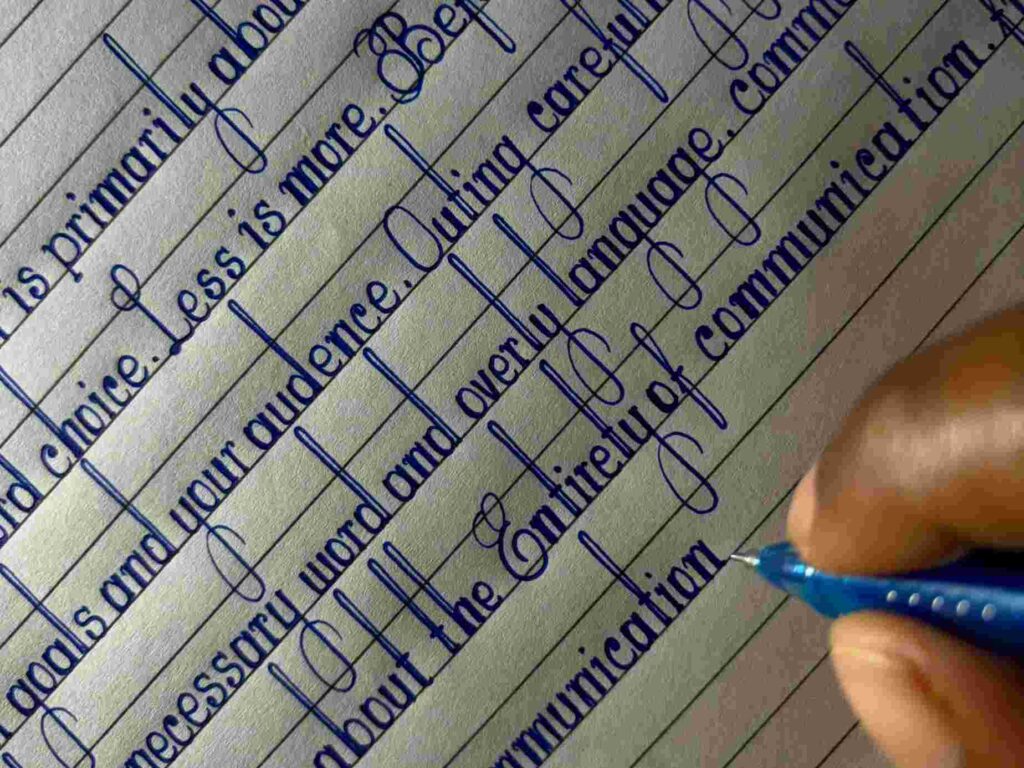
Without the ability to communicate in writing, we would have remained in the most primitive stages of human existence. Yes! There was an era when our ancestors could only share thoughts and ideas in words. Words could only be finetuned in the brain and there was no room to edit.
The Birth of Writing Systems
But somewhere along the line, everything changed, and writing was born. Yet, beyond the ability to write, developing a written language was a bigger piece of the puzzle. But trust the super-intelligence of the human mind to carve out a solution. Various writing systems soon began to emerge.
We were able to develop sets of graphic characters that formed multiple languages or human sounds. Based on recent count, there are at least 293 of these writing systems or sets of characters. Britannica lists Arabic, Chinese, Bengali, Latin (or Roman), and Devanagari as the most widely used writing systems in the world.
Also, there are some that have been discovered but haven’t been successfully identified or solved. Some of these are the Linear A, Rongo Rongo, Byblos, and the Cypro-Minoan. Many believe that others are yet to be discovered.
Altogether, the writing systems have so far birthed over 7,100 known languages across the globe. 3,661 of these are reportedly written. This article focuses on the evolution of writing and written languages. How did written languages emerge and evolve into what we have today?
From the cuneiform tablets and hieroglyphics to the invention of alphabets, we are about to go on a fascinating journey to early human history. Enjoy the intruiging story of how the symbolic representation of spoken language evolved.
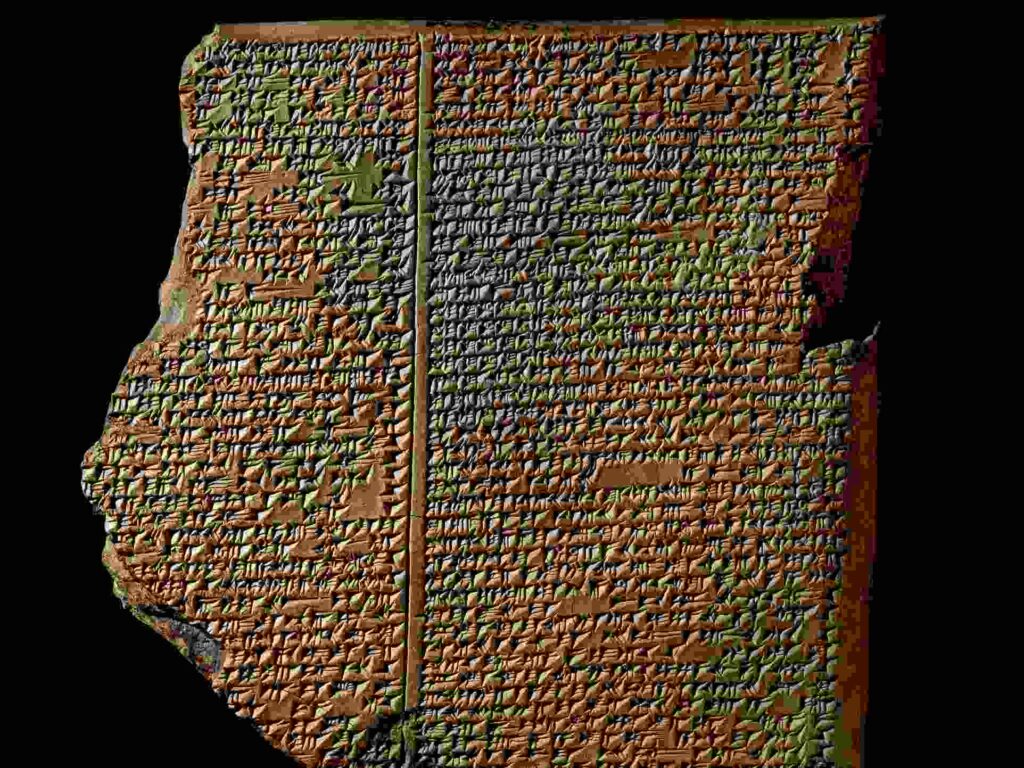
Interestingly, written language didn’t emerge from just one part of the world. Evidence points to three different locations from which writing systems originated, each one developing independently. The three are Mesopotamia, China, and the Near East.
However, only one of three writing systems continued to evolve uninterrupted to date. The other two have been buried somewhere in history. The only survivor, which happens to be the earliest writing system, is the Mesopotamian Cuneiform script, which is also known as the Sumerian Writing System.
The Sumerian Writing System
The Mesopotamian cuneiform script was invented circa 3300 BCE in Sumer, Southern Mesopotamia which is in present-day Iraq. Hence, it is also called the Sumerian writing system.
This writing system thrived for over 10,000 years and has evolved into the now widespread alphabet system. The cuneiform writing system experienced four stages of evolution. First was the use of clay tokens.
The Clay Tokens
The Mesopotamian script began with a recording system that involved clay objects. These objects, also referred to as tokens, were of various shapes such as discs, ovoids, cylinders, cones, and spheres. Some of these tokens were uncovered in archeological sites dating back to 8000 to 3000 BCE.
The tokens were mainly used for accounting purposes. They were made to represent various goods, with each shape standing for a specific piece of merchandise.
For example, one token could represent a jar of oil, another, a large or small piece of grain. So, 5 pieces of a particular token could mean five jars of oil. 3 pieces of another could stand for 3 bags of grain, and so on. With hundreds of token pieces, the ancient traders had all they needed to account for and document their commercial enterprise.
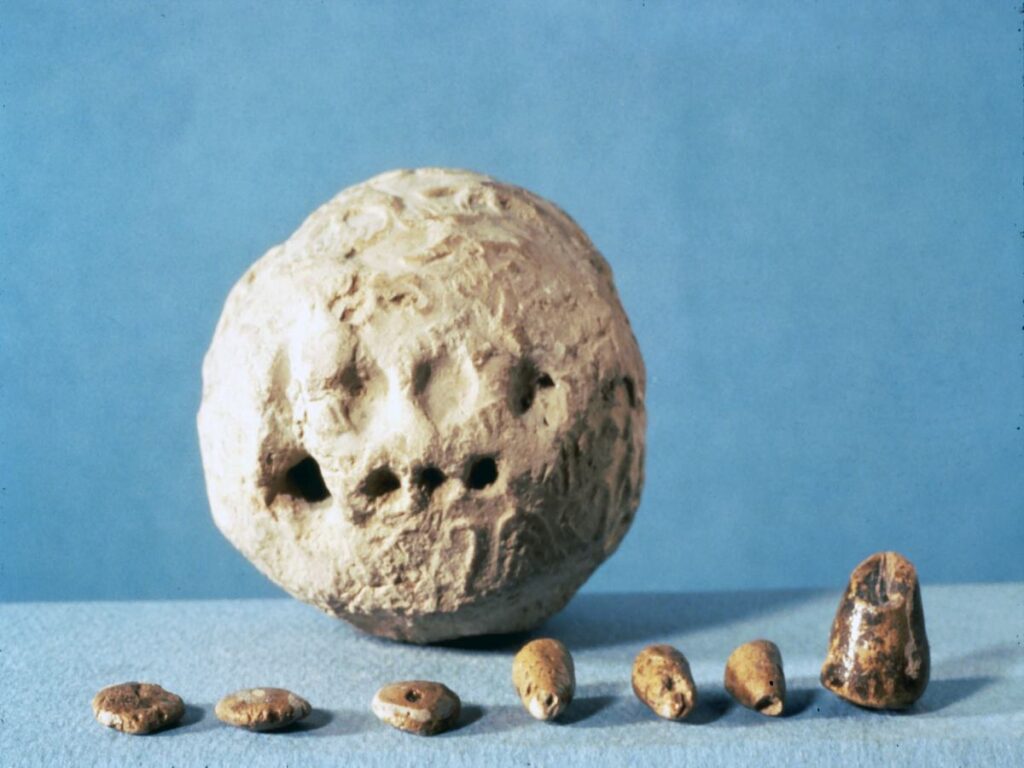
But as helpful as this early Sumerian writing system was, it was a far cry from actual spoken language. Pieces of clay only represented ideas or concepts. They weren’t used for elaborate communication. Phonetics and syntax weren’t involved in this counting system. The system needed some brushing up.
Pictographic Signs
After a while, the clay tokens were improved upon. People began to develop and make use of pictorial signs, which were the very first attempt at anything remotely close to writing. The evolution occurred simultaneously in Sumer and Elam (a part of western Iran).
Traders kept tokens in “envelopes.” But not the paper envelopes that we are used to. Their “envelopes” were large clay balls with holes that could hold the clay tokens. The tokens were inserted into the envelopes and stored until they were needed.
To know the content of each envelope, the traders needed to mark the envelopes for easy identification. So, if an envelope contained 8 clay cylinders, the traders impressed the cylinders on the surface of the envelopes eight times, representing the shapes and number of tokens. This solution also eliminated the need to break the envelopes to know what they contained.
Soon after, the traders and accountants modified the pictorial system. They instead began to use clay tablets. They impressed the pictures on these tablets instead of on the surface of the envelopes.
These clay tablets soon completely replaced the envelopes. For example, to represent a sphere and a cone, they made circular and triangular impressions respectively on the wet clay tablets before letting them dry. The accountants and traders found this system pretty relevant in documenting goods they either received or released.
Interestingly, this mode of communication later metamorphosed into the actual cuneiform writing. Cuneiform writings are signs traced with a stylus, an instrument consisting of a reed and a triangular end. This instrument was used to make impressions on wet clay just like the shaped tokens.
On the whole, not much changed. Although there was a remarkable difference in the mode of writing, the communication wasn’t robust or explanatory enough.
Logography and the Egyptian Hieroglyphics
After some years, the world moved on from the era of clay tokens and impressions. The tokens made way for more advanced and robust communication involving phonetic signs. Instead of mere impressions for accounting purposes, humans graduated to developing signs that corresponded to actual sounds.

The Egyptians were the first to make this transformation with the popular hieroglyphics, which is a writing system using symbols and pictures. Historians found proof that the raw idea of expressing words in a language in written form was exported from Mesopotamia into Egypt.
The Egyptians then thought about enhancing written language to cater to their more advanced commercial needs. For example, traders and accountants needed to document the names of people who sent or received goods.
Another mode of writing that proved useful in this area was logography. At the time, traders also began using logograms, which are signs that stood in for words in the spoken language.
For instance, if a customer or trader’s name was Sunday, the logographic expression could begin with an actual drawing of the sun. The logograms were inscribed on various tablets.
The logograms, which expressed multiple syllables, were an advancement from the monosyllabic Sumerian writings. These syllables, which are the smallest units of spoken language, were put together to pass and document commercial information.
The difference between the logograms and hieroglyphics is pretty wide. Although the logograms were a form of hieroglyphics, hieroglyphics combined logograms and phonograms (which are letters or combinations of letters that represent sounds).
The Egyptian hieroglyphics found abundant expressions on tombs, temples, walls, and other significant surfaces. In fact, researchers discovered the oldest Egyptian hieroglyphics on royal tombs. They were used to mark pieces of ivory and other artifacts such as palettes and maces. These inscriptions were mostly made to identify the owners of these tombs or items.
The Era of Alphabets
At about 1500 BCE, humans began to develop alphabets. The first alphabet emerged in the Middle Eastern Sinai Peninsula of present-day Lebanon. As mineral explorers rushed to the region in search of precious stones and metals, little did they know that they would invent one of the greatest gifts of humankind.
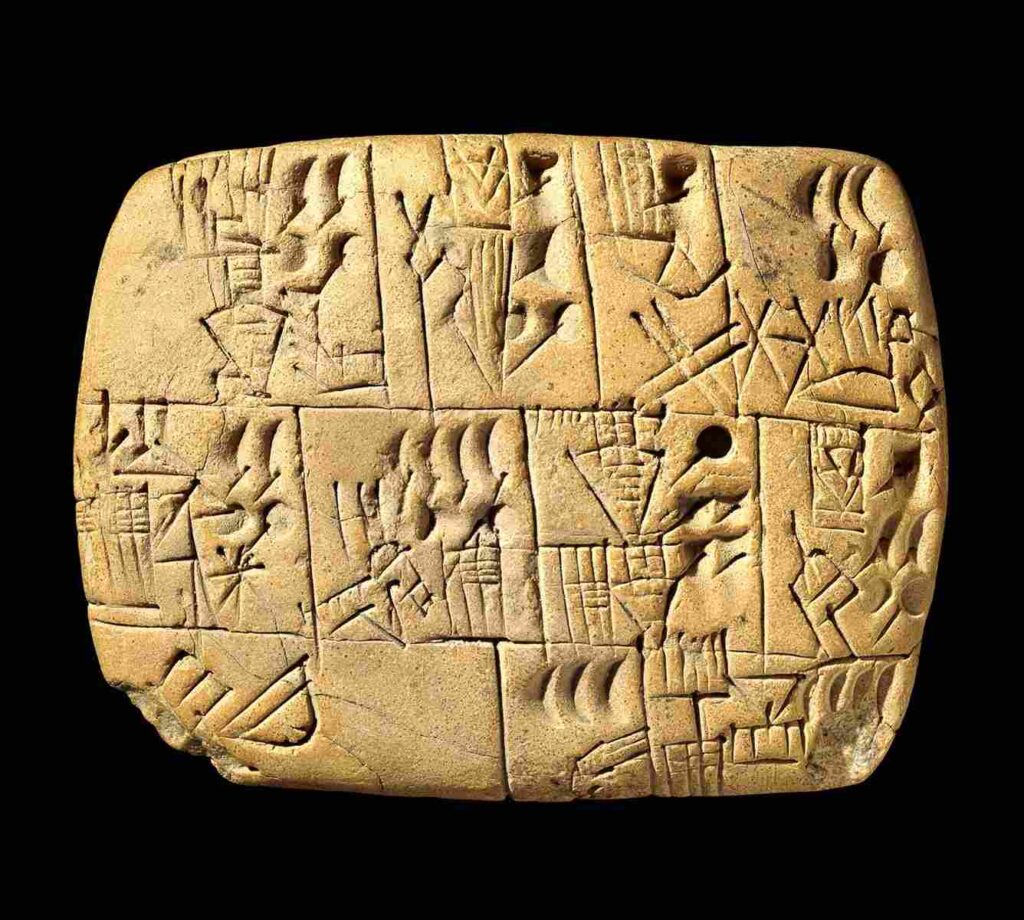
Either by a person or a group, a mine wall was decorated with the first known attempt at the alphabet writing system. The over 4000-year-old inscription was later named the “Proto-Sinaitic” script. It has been credited to Israeli and Lebanese workers, and from analyses,it seems to have been based on Egyptian hieroglyphs.
After undergoing various modifications, the Proto-Sinaitic scripts later evolved into what we now know as the Phoenician alphabet. Before that, it had been modified into another version called the Proto-Canaanite alphabet.
The Saudi Arabians also worked on it to produce the Ge’ez alphabet. But all of these had a common inadequacy. They had no vowels. Just 22 consonants.
It was in Phoenicia, Greece, that the Proto-Sinaitic script was modified and finally included the vowels – a, e, i, o, u. Hence, the Phoenician alphabet, which had 27 items, is regarded as the first real alphabet.
Although multiple sets of Greek alphabets emerged, it was the Cumae Greek alphabet that made it to Italy. It was there, thanks to the Etruscan people of Tuscany, Umbria, and the Lazio area, that it underwent even more modification to birth the Latin alphabet.
The Etruscans simply added some Etruscan characters such as the letters “S” and “F.” The Latin alphabet, which spread alongside the growth of the Roman Empire, became the foundation of many European languages.
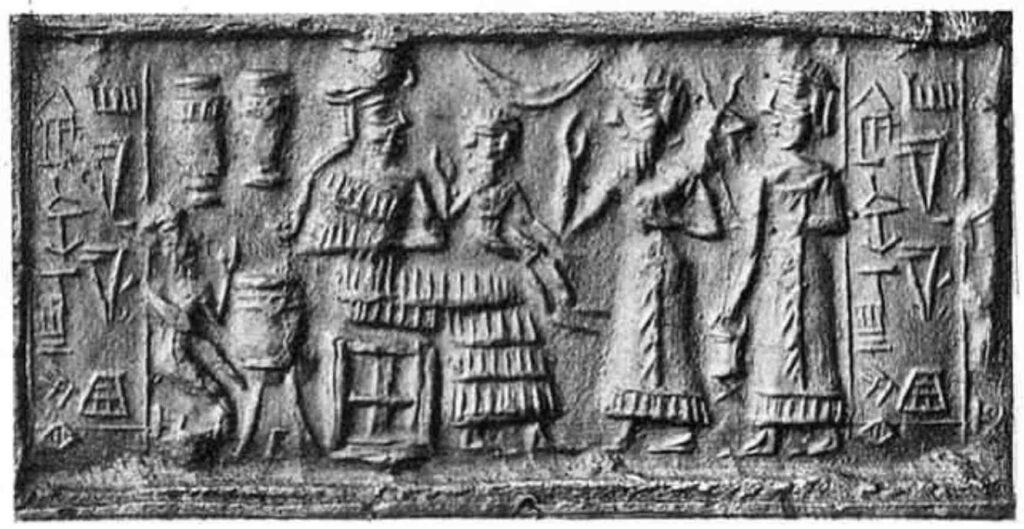
For example, Latin went on to eventually birth the English alphabet in the 5th century. At the time, the Anglo-Saxon tribe from Germany, who were influenced by the Romans, relocated to Britain and created what is now known as Old English. The migrants fused their Anglo-Saxon Semitic script and the Roman alphabet to form Old English.
After a series of changes which included the addition of the letters “w,” “j,” and “u,” the English alphabet finally ended up with 26 characters. But it’s safe to say that the development of written language experienced a massive boom with the introduction of phonetics.
The addition of phonetics was like adding flesh to bone. It was the most important piece of the puzzle regarding written language.
The Evolution of Books
As written language developed, writing media experienced a metamorphosis of their own. From the wet clay in ancient Mesopotamia to our modern digital documents, the human race has certainly come a long way.
After inscribing figures on the wet clay, the Mesopotamians dried them on the fire into tablets. Archeologists have had a field day after finding more than 20,000 of these tablets in present-day Iraq. Some of the earliest pieces were as old as the 7th century BCE. Then came the era of scrolls.
Scrolls
The Egyptians inscribed most of their hieroglyphics on tablets. But later on, they graduated into writing on scrolls. Scrolls were produced from the marrow of papyrus reed stems since as early as 3000 BCE. After wetting these marrows, they then dried them and cut them into writing sheets.
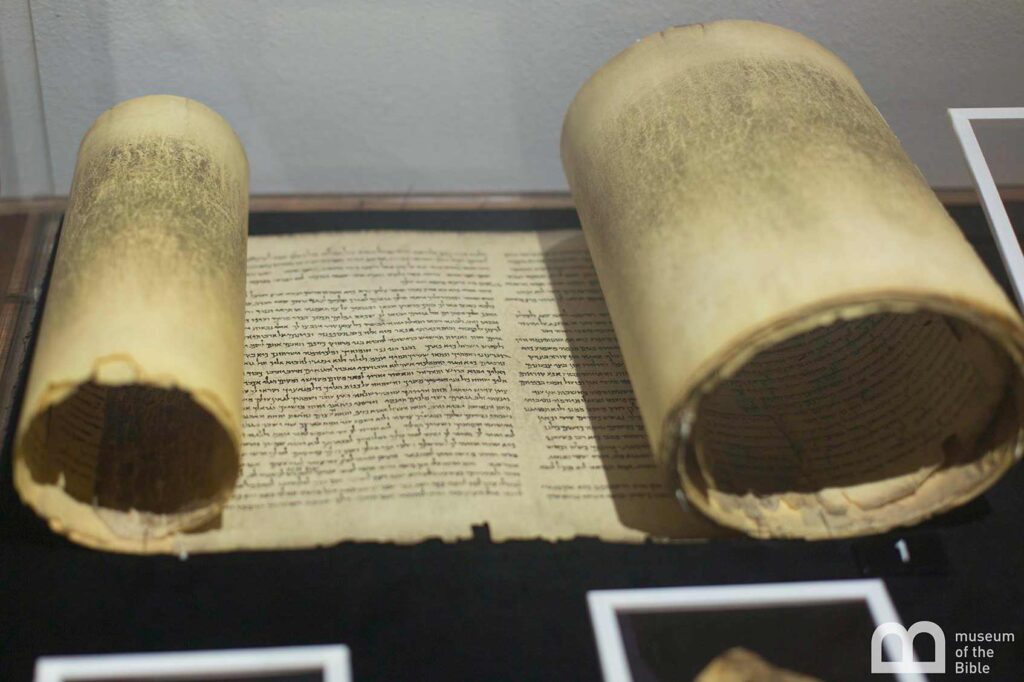
After writing, they rolled these sheets into scrolls. Some of these scrolls were up to 40 feet long. The earliest scrolls ever found were those belonging to the Egyptian King Neferirkare Kakai, who lived around 2400 BCE.
Scrolls which were about 40 meters long, belonging to Ramses III, were also found. The scrolls were divided into multiple columns and were opened from left to right or right to left.
Parchments
From 500 to 200 BCE, people began writing on parchment. People treated the skin of goats and sheep to make writing materials. This technique, which was first discovered and practiced in Greece, served humanity for centuries.
Historians reported that the use of parchments began after a shortage of papyrus scrolls. Thereafter, the people of Pergamum discovered that treating animal skin with lime could turn them into a writing surface. The process was different from leather production as the skin wasn’t tanned.
However, parchments spoiled easily. The lack of tanning made them weak if they came in contact with water. The higher quality parchments were known as vellum.

Paper
It wasn’t until the first century that humans discovered paper. Chinese eunuch, Ts’ai Lun of the Eastern Han dynasty, after experimenting with various materials, was able to produce paper. He tried fishing nets, hemp, old rags, and the bark of the mulberry plant before he found success.
The Introduction of Print
All along, documentation was done by hand. Monks spent lots of hours writing in books. The stress involved in this procedure made books very expensive to have. From parchments to scrolls, owning books was for a long time a luxury. It wasn’t until 800 AD that humans first began to print.
The Chinese put together small molded blocks of letters, which they arranged to produce words for printing. They then applied ink to these arrangements before placing them on paper to create writing.
Although the Chinese blocks were reusable, they were made of clay and therefore weren’t very strong. The Koreans improved on them by using bronze instead. By 1377 AD, the Koreans had successfully made a Buddhist book called the Jikji.
The Printing Press
The big break finally came in 1439 when German inventor and craftsman Johannes Gutenberg constructed a printing press. The machine was able to produce books in great quantity and in a way shorter time. The first mass-produced book was made in 1455. It was the Gutenberg Bible.
Gutenberg’s printing press made use of movable metal type. The machine produced all kinds of printed materials such as books, newspapers, and pamphlets. The printing press underwent a series of advancements.

Around 1500, Italian typographer and publisher Aldus Pius Manutius founded the Aldine Press. This press printed materials in italics, allowing for more words per page. He was able to produce the pocketbook, which was a smaller-sized book with strong covers that were made using vellum.
Later on, in the mid-1800s, paperbacks surfaced as publishers began to prioritize the availability of printed materials. The younger generation and the middle class were excited to see cheaper books, leading to a growth in demand.
In the 1900s, hardbacks came on the scene as people began to despise paperbacks. Durability became a priority, and demand shifted away from the pulp wood paperbacks, which had already become despised.
Also, the mid-1900s saw the emergence of some of the biggest names in publishing. These included Modern Library, which was built by the Boni brothers and later became Random House. Also, Penguin, a reputable publisher, emerged around this period.
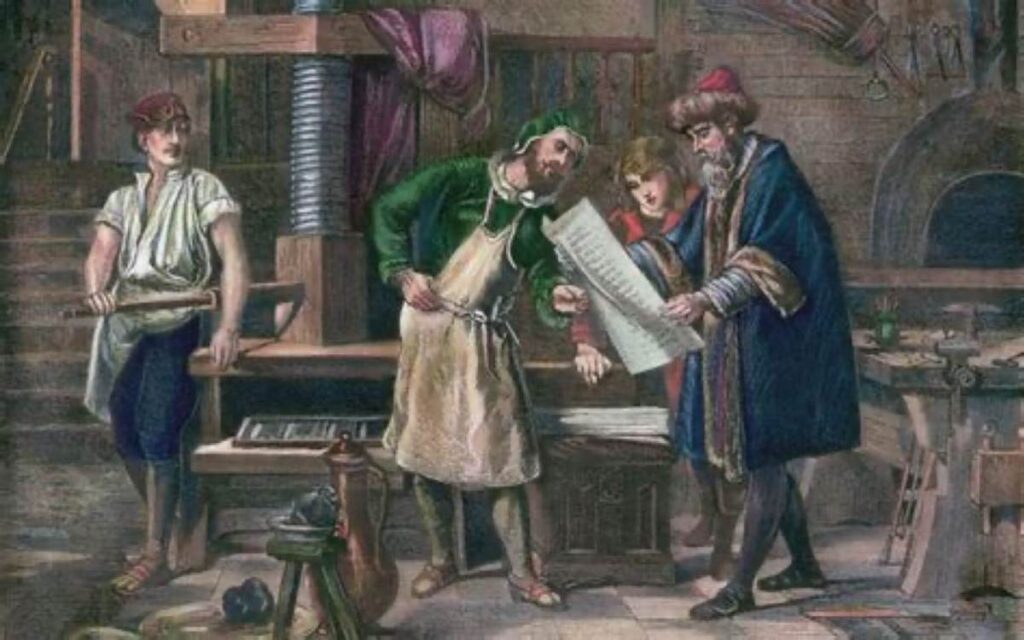
Digital Publishing
The 1970s saw the rise of digital books. As the computer revolution experienced a boom, it soon became possible to compress high-volume books into CDs. The first book to enter one was the New Grolier Electronic Encyclopedia in the 1980s. Soon, publishing shifted to the internet with the introduction of the electronic book or “e-book.”

Instead of passing on information through paper, digital publishing made things a whole lot easier. We can simply read and download electronic books from the internet onto mobile devices. This format makes printed work cheaper, more accessible, and more interactive.
Although it seems like the wheels of innovation have stopped, never downplay the ability of the human mind to make great things even better. Digital publishing, as we know it, might not have reached its final destination. There’s always room for improvement.


